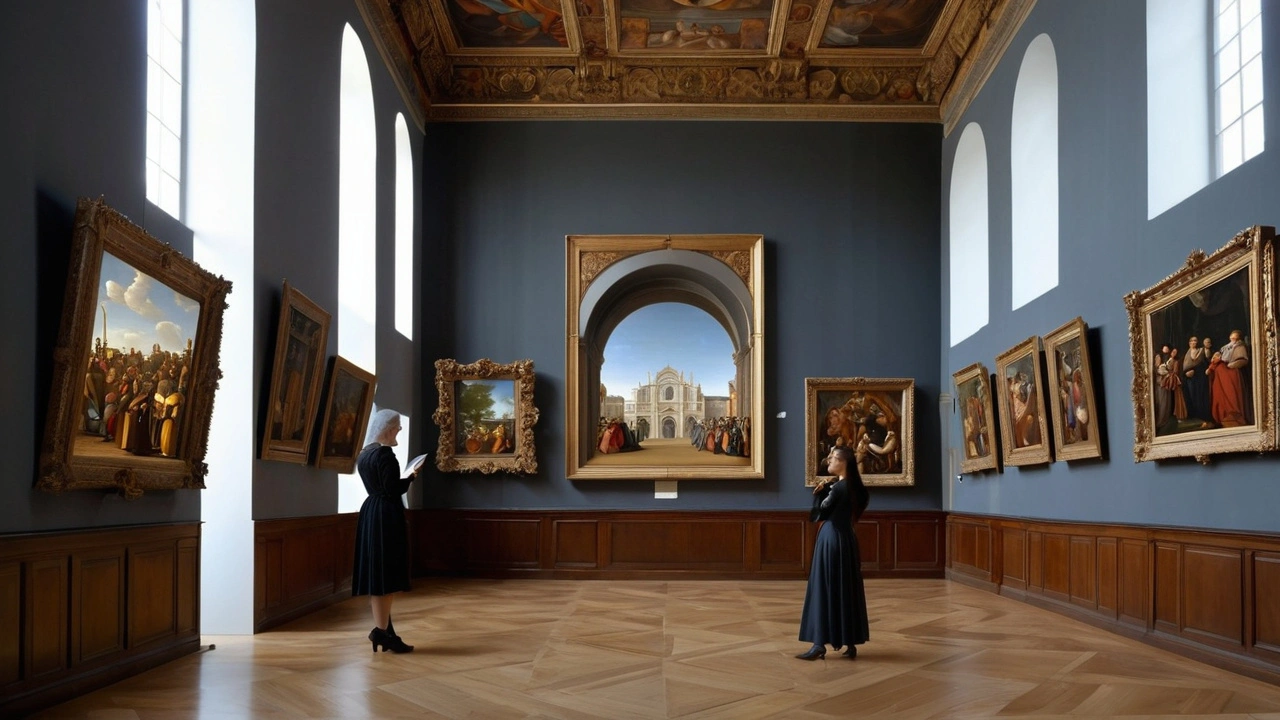This article delves into the rich symbolism found in Renaissance paintings, uncovering the hidden meanings behind various elements and motifs. By identifying and interpreting these symbols, readers can gain a deeper appreciation for this artistic period. Key examples and practical tips are provided to help readers recognize and understand the common themes found in Renaissance art.
Symbolism in Architecture: Read the Stories Buildings Tell
Buildings don’t just hold people — they send messages. Want to know what a city, a government, or a culture is trying to say? Look for the symbols carved, built, and painted into its architecture. This short guide helps you spot common signs and understand what they usually mean, with real examples you can find in styles like Greek Revival, Beaux-Arts, Baroque, Colonial, and Modern movements.
How to spot common symbols
Start with obvious features. Columns often signal power, order, or a link to classical ideas — think Greek Revival buildings with their Doric or Ionic columns suggesting democracy or stability. Domes and grand arches point to authority or shared belief; ancient Roman domes and arches were practical, but they also shouted empire and engineering skill. Look at materials too: marble and polished stone say permanence and wealth, while exposed steel and glass in High-Tech or Neo-Futurist buildings broadcast progress and technology.
Ornament tells stories at a smaller scale. Gargoyles, carved figures, or relief panels can show myths, local legends, or moral lessons. In Beaux-Arts civic buildings you’ll often see sculptures that celebrate trade, law, or the arts — a clear civic pride statement. In Colonial buildings, decorative details mix local craft with imported styles, hinting at cultural exchange or power dynamics from history.
Quick ways to read a building
Want a fast checklist when you walk by a building? Ask these five quick questions:
- What’s the first thing your eye goes to — a column, a dome, a glass face? That’s the main message.
- Is the facade plain or richly decorated? Plain usually means function or modernism; rich decoration often says status or tradition.
- Are there repeated motifs (e.g., laurel leaves, stars, gears)? Repeats point to specific ideas like victory, nationalism, or industry.
- How does the building sit in its surroundings? Isolation and height can signal power; porches and open entries invite community.
- Do materials connect to place — local stone, clay tiles, timber? That often signals identity and practical choices.
Got a moment to look closer? Check construction tricks. Roman concrete and arches weren’t just clever — they symbolized a lasting empire. Constructivist facades were bold and geometric to say: new society, new rules. Postmodern quirks deliberately mix symbols to question authority or play with meaning.
Reading symbolism helps you connect design to history and to people. It turns a walk through a city into a short lesson in politics, technology, and culture. Next time you pass an old courthouse, a train station, or a glass tower, try the checklist — you’ll be surprised how much buildings will tell you.

